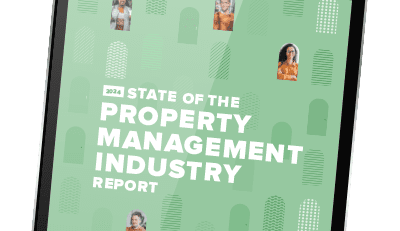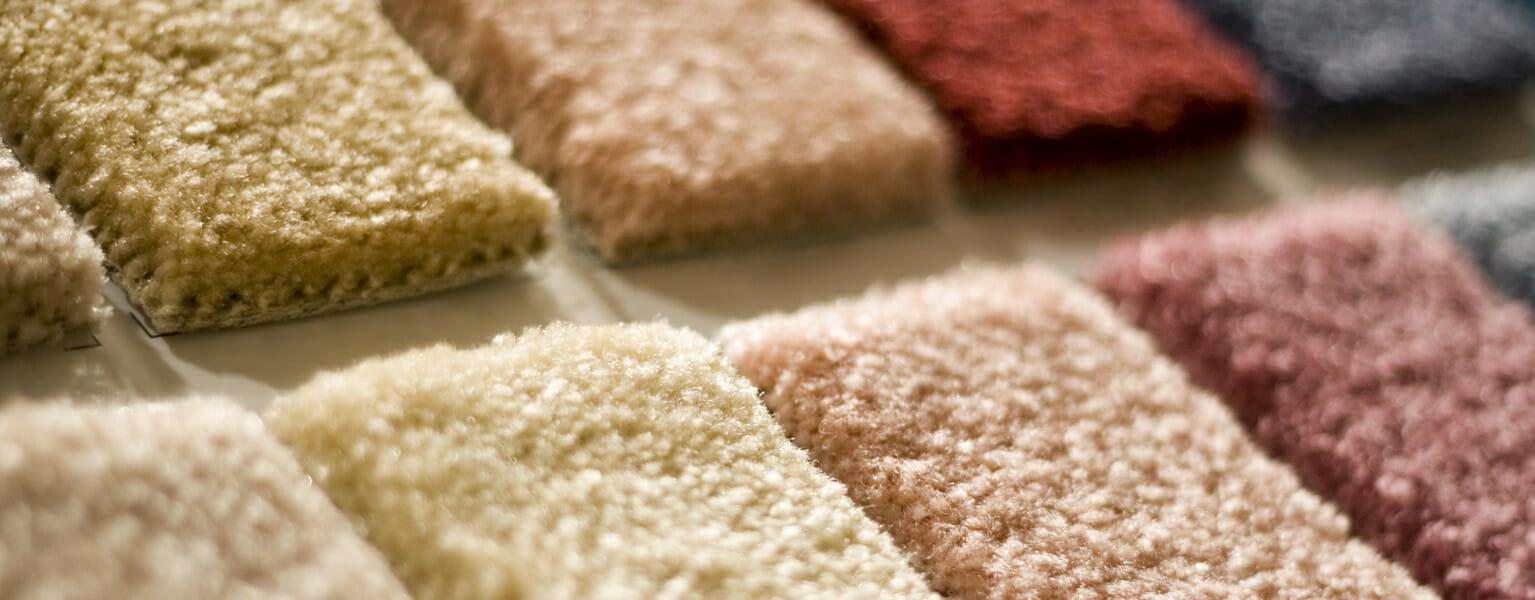In April, replacing the carpet in the Dome of the Rock in Jerusalem led to an archeological and religious kerfuffle. Your carpeting isn’t that old; but if the pile is crushed, fibers are matted, and stains are building up, it’s time to replace the carpets in your building. With so many options, how do you decide what type of carpeting to buy?
In addition to material and construction, also think about where you’ll install the carpeting and who is treading on it regularly. This will help you determine which factor is most important to your choice: Durability, softness, or cost.
Durability
Before you buy any carpet, give some thought to your tenant profile, and whether your unit or units have lots of traffic, kids, or pets.
“Pets and young children typically cause more wear and tear to the carpet and pad,” says Alan Fletcher, also known as the Carpet Professor, a flooring expert and author of The Complete Carpet Buying Guide and the eBook Landlord Flooring Management. “In these situations, landlords should spend as little as possible for carpet and padding and plan to replace them more often.”
If you’re mostly concerned about durability, some carpet choices are better than others. Three factors matter when considering a carpet’s durability: Fiber, density, and twist. Overall, nylon is the most durable carpet fiber. Polypropylene (also called olefin) is also durable, but it isn’t as stain-resistant. Polyester is the least durable of the three.
Density refers to how tightly the tufts of fiber are packed per square inch. A low-density carpet won’t hold up as well as a high-density one, even if it’s nylon. Fletcher suggests tufts should never be more than 1/6 of an inch apart, and ideally should be even closer together.
Finally, the number of twists per each tuft of fiber has an impact, too. Carpets whose tufts of fiber are twisted 7 times per inch will be more durable (that is, they retain their appearance and resist wear and tear) than those with tufts twisted 4 times or fewer per inch.
Stain Resistance
The more stain-resistant a carpet is, the better its appearance will stand up over time. Polyester fibers are highly stain-resistant, especially the ones made with recycled plastic bottles. The drawback is that these fibers are also prone to matting and crushing of the pile.
But any fiber can be treated to increase stain resistance. Ask whether a particular carpet is topically treated (only the visible tips of the fiber are treated) or if the whole fiber has been treated. Topical treatments tend to wear off much more quickly.
Softness & Comfort
Especially for bedrooms or other areas where tenants are likely to be barefoot, the softness of the carpet is important. Although high-twist, high-density carpet is extremely durable, it’s not very comfortable to walk on.
Choosing a Carpet Pad
The other major buying decision is the type of padding. The pad doesn’t just make the carpet comfortable, though. It’s actually your carpet’s foundation, so you’ll want to pay just as much attention to what pad you choose.
The first consideration is the material:
- Foam: Don’t do it, Fletcher warns. He says that foam compacts within a year or so and can’t be reused. “When a retail store offers free pad with your carpet purchase, this is usually what they will give you,” he says.
- Hair or fiber: This is a dense type of pad for Berber and commercial carpets that helps them hold up under heavy traffic without stretching.
- Rubber: This is a very heavy pad and it’s usually expensive.
- Rebond: Reasonably priced and durable, rebond is a higher-density reconstituted foam that is much stronger than traditional foam. Use it in heavy-traffic areas – where there are lots of kids and dogs, for example. You’ll have to replace the carpet regularly, but you won’t have to replace the rebond pad each time.
Once you’ve decided on a material, it’s time to choose your desired density and thickness. Thickness is visible, but don’t mistake it for quality because density matters more. Density usually is expressed in terms of pounds.
Fletcher’s recommendation? “For most apartments and rental units I recommend using a 4-pound density, 3/8” to 7/16” thick, rebond-type padding,” he says. “It should last 3 to 5 years. If you hope to to use the padding again, the density selected should be at least 6 pounds, which can last several years longer.”
Inexpensive Carpet Options
You’ll come across cheap carpet options when you shop, and they’ll be tempting. But inexpensive pad and low-density, low-twist polyester carpet just won’t last as long as higher-quality options, and you may find yourself replacing them again in a year or two.
Fletcher also recommends shopping around for a reputable vendor. He warns that some carpet vendors use an old trick: They sell equal amounts carpet and pad, knowing all along that the installation will require less pad than carpet. Then they offer to cart away the extra padding—product you paid for.
Instead, Fletcher recommends that you buy your pad from a local padding distributor, many of whom offer discounts. “Padding leftovers can be rolled up, stored, and used on a future job,” he says.
5 Additional Tips on Carpet Buying
Here are 5 more tips from Fletcher:
- Insist on an accurate estimate. Watch out for companies that aren’t transparent about the number of square yards involved in your estimate.
- Use local companies. National companies may have better material prices, but local companies are more likely to have experienced installers.
- Educate tenants. Give all your tenants a guide from the manufacturer or installer that explains how to clean stains on the carpet properly.
- Inspect the installation. Do a complete walk-through before you sign off on the installation. It may be time-consuming, but it may save you delays in filling your vacant units post-installation.
- Avoid add-ons. Vendors may offer you pads with antimicrobial treatment, memory foam, or moisture barriers. Those options may sound good, but they’re usually only necessary in certain applications. For example, a moisture barrier is best in basements or other rooms where water damage is more likely. “I don’t think [those pads] offer tangible benefits to landlords or tenants, and they just increase replacement costs,” Fletcher says.
For more information about choosing carpets for your building, check out Fletcher’s Carpet Professor site.
We’d love to hear what tips you have for picking the right carpets for your building. Please leave a comment below and share your advice with other property managers and owners.
Read more on Maintenance & Improvements
